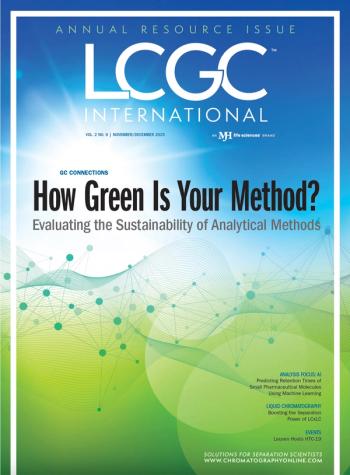
Antibiotic study
A study into the effectiveness of antibiotics in septic patients being treated with continuous renal replacement therapy has found the regimens to be ineffective in some cases.
A study into the effectiveness of antibiotics in septic patients being treated with continuous renal replacement therapy (CRRT) has found the regimens to be ineffective in some cases.
According to the study, published in Critical Care,1 sepsis is responsible for important alterations in the pharmacokinetics of antibiotics, and CRRT may contribute to further changes. The study aimed to determine whether the first dose of β-lactam pharmacokinetics piperacillin-tazobactam, ceftazidime, cefepime, and meropenem would result in adequate serum drug concentrations in patients with severe sepsis and septic shock.
Patients in four Belgian intensive care units with a diagnosis of severe sepsis or septic shock, in whom treatment with the study drugs was indicated, were included. Serum concentrations of the antibiotics were determined by high-pressure liquid chromatography (HPLC) from samples taken before and 1, 2, 5 and 6 or 12 hours after administration.
The study concluded that serum concentrations of the antibiotic after the first dose were acceptable only for meropenem. Standard dosage regimens for piperacillin-tazobactam, ceftazidime and cefepime may, therefore, be inadequate for severe sepsis and septic shock. It was recommended that for these latter drugs, higher doses and/or extended infusions should be used to optimize serum concentrations.
1. L. Seyler et al., Critical Care, 15, R137 (2011).
Newsletter
Join the global community of analytical scientists who trust LCGC for insights on the latest techniques, trends, and expert solutions in chromatography.



